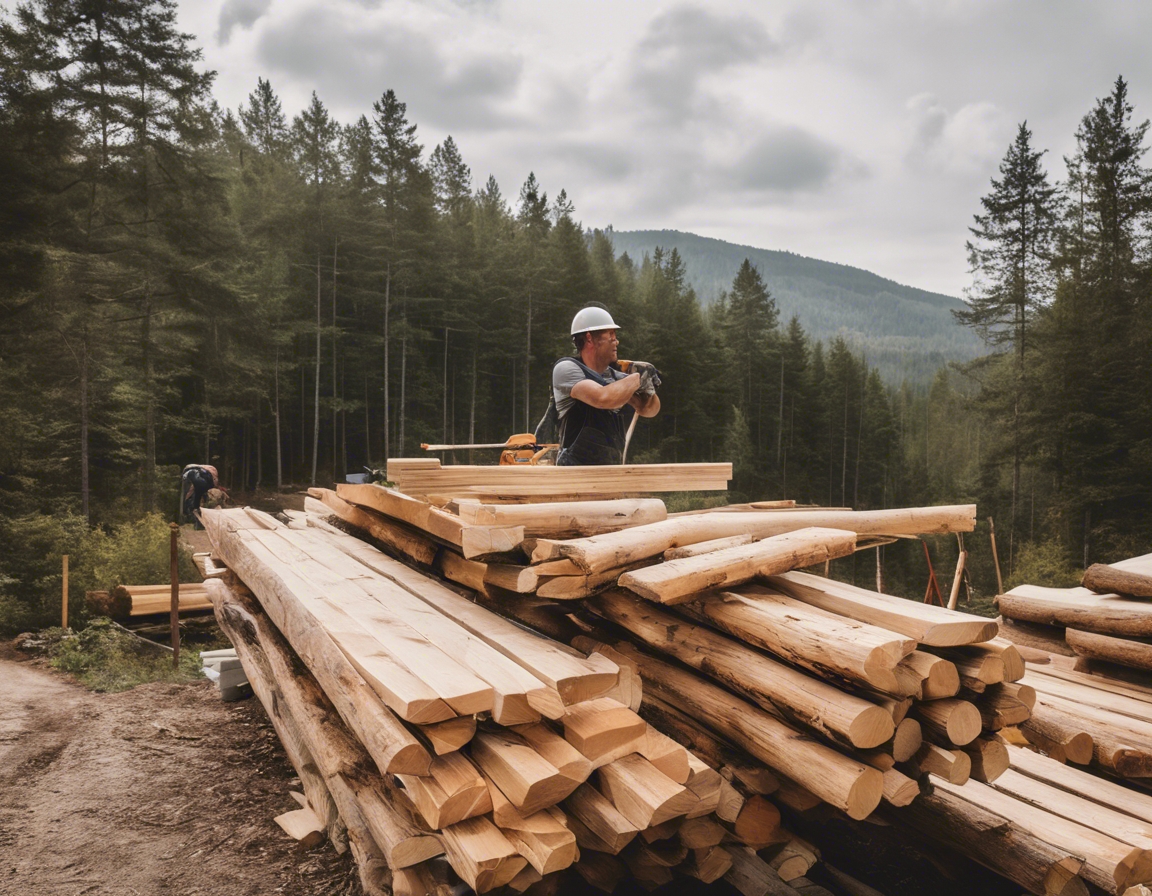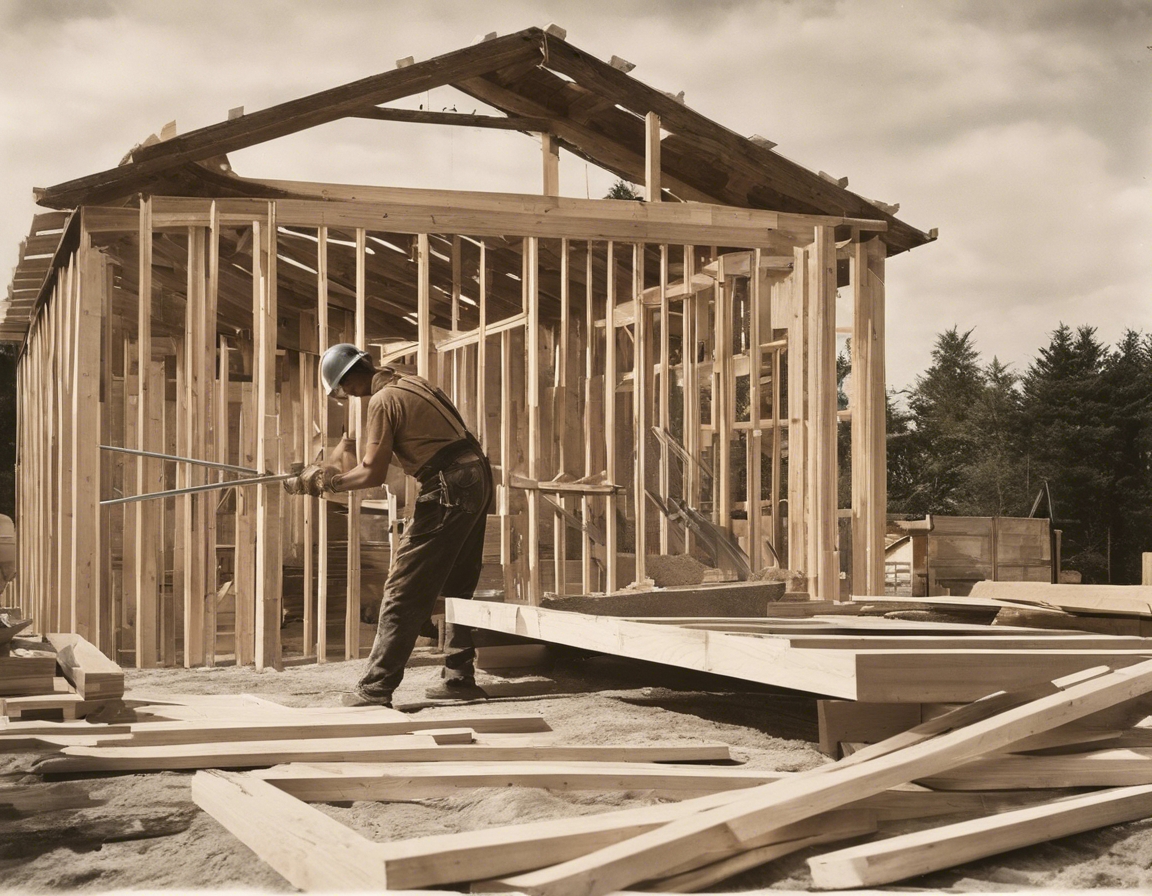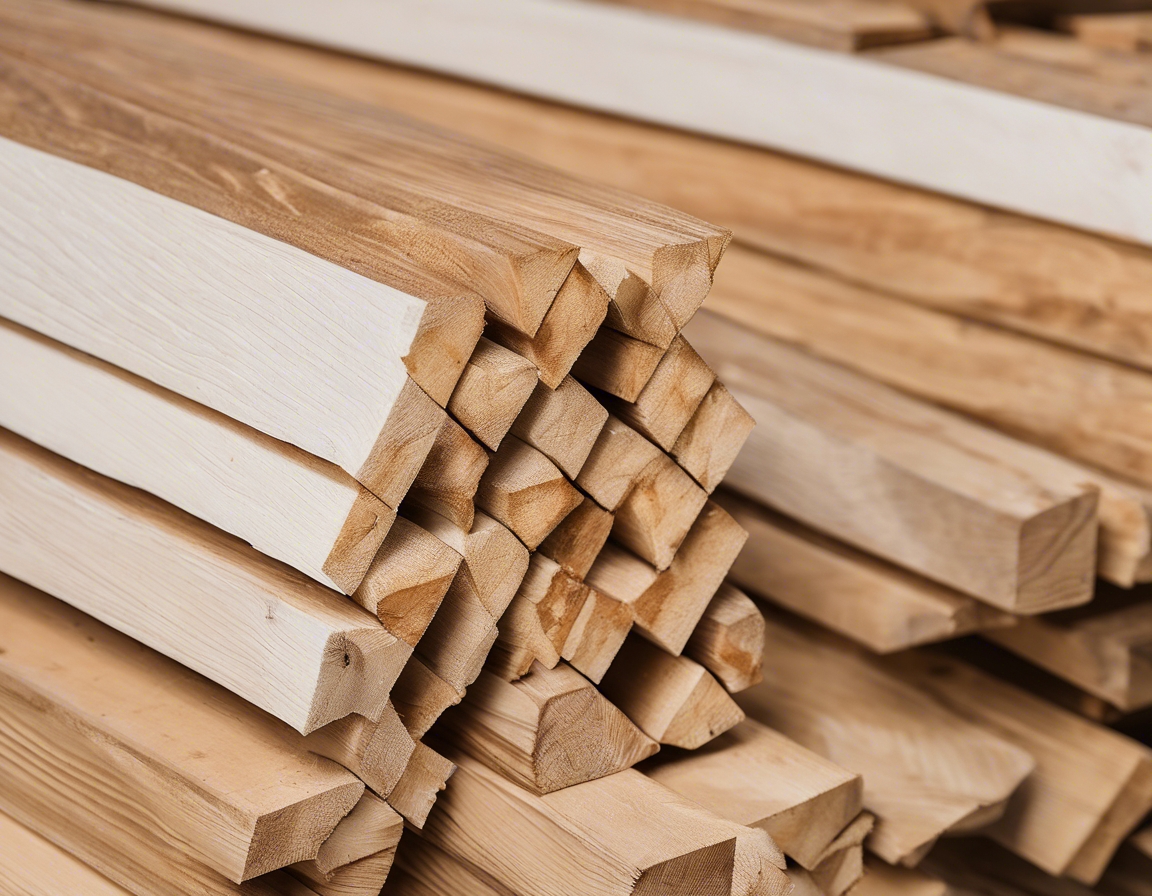How sustainable construction can save the planet
Sustainable construction refers to the adoption of building practices that are environmentally responsible and resource-efficient throughout a building's life cycle, from siting to design, construction, operation, maintenance, renovation, and deconstruction. This concept is not just about minimizing the negative impacts of construction but also about creating positive outcomes for the environment, economy, and society.
The construction industry is a significant contributor to environmental degradation, making the shift to sustainable practices not just beneficial but imperative. With the increasing awareness of climate change and its impacts, there is a growing demand for construction methods that contribute to the health of the planet.
The Environmental Impact of Traditional Construction
Traditional construction methods are known for their high levels of resource consumption, including water, energy, and raw materials. Additionally, construction and demolition activities generate a substantial amount of waste, contributing to landfill mass and environmental pollution.
Buildings are responsible for a significant portion of global energy use and associated carbon emissions. The production of construction materials, transportation, and the building process itself are all energy-intensive stages that contribute to the carbon footprint of the industry.
Construction activities can lead to habitat destruction, loss of biodiversity, and disruption of natural ecosystems. This not only affects wildlife but also has a cascading effect on human well-being and the health of the planet.
Principles of Sustainable Construction
One of the core principles of sustainable construction is maximizing energy efficiency in buildings and integrating renewable energy sources. This can be achieved through smart design, use of energy-efficient appliances, and incorporation of solar panels, wind turbines, and other renewable technologies.
Water is a precious resource, and sustainable construction practices aim to reduce water consumption and manage water more efficiently. This includes the use of water-saving fixtures, rainwater harvesting systems, and sustainable landscaping that requires less irrigation.
Choosing sustainable materials is crucial in reducing the environmental impact of construction. This involves selecting materials that are recycled, recyclable, renewable, and have a lower carbon footprint. Waste reduction strategies are also important, such as recycling construction waste, designing for deconstruction, and using prefabricated components.
Benefits of Sustainable Construction
By reducing resource consumption, energy use, and waste, sustainable construction helps to mitigate the environmental impacts of building. It also contributes to the conservation of ecosystems and biodiversity.
Although sustainable construction can have higher upfront costs, it often leads to long-term savings through reduced energy and water bills, lower maintenance costs, and increased property values. Additionally, it can stimulate the green economy and create job opportunities.
Sustainable buildings provide healthier living and working environments, which can lead to improved occupant health and productivity. They also have the potential to foster a sense of community and connection to the natural environment.
Challenges and Barriers to Sustainable Construction
One of the main challenges to sustainable construction is the perception of high initial costs. However, a focus on life-cycle costs and the long-term benefits can help to overcome this barrier.
Regulations and building codes may not always support sustainable practices, and there can be resistance within the construction industry to change established methods. Advocacy for policy change and industry collaboration is essential to address these challenges.
A lack of awareness and education about the benefits and practices of sustainable construction can hinder its adoption. Increasing education and training for professionals and the public is a key step in promoting sustainable construction.






Comments (0)